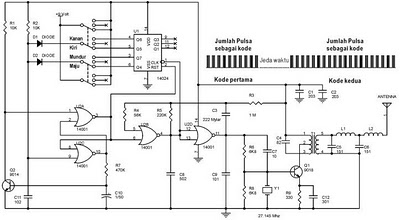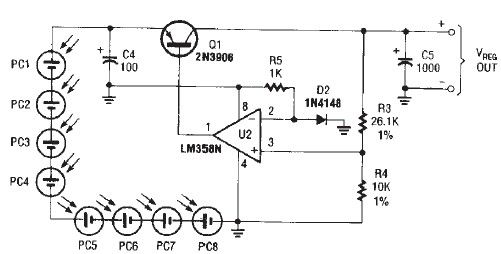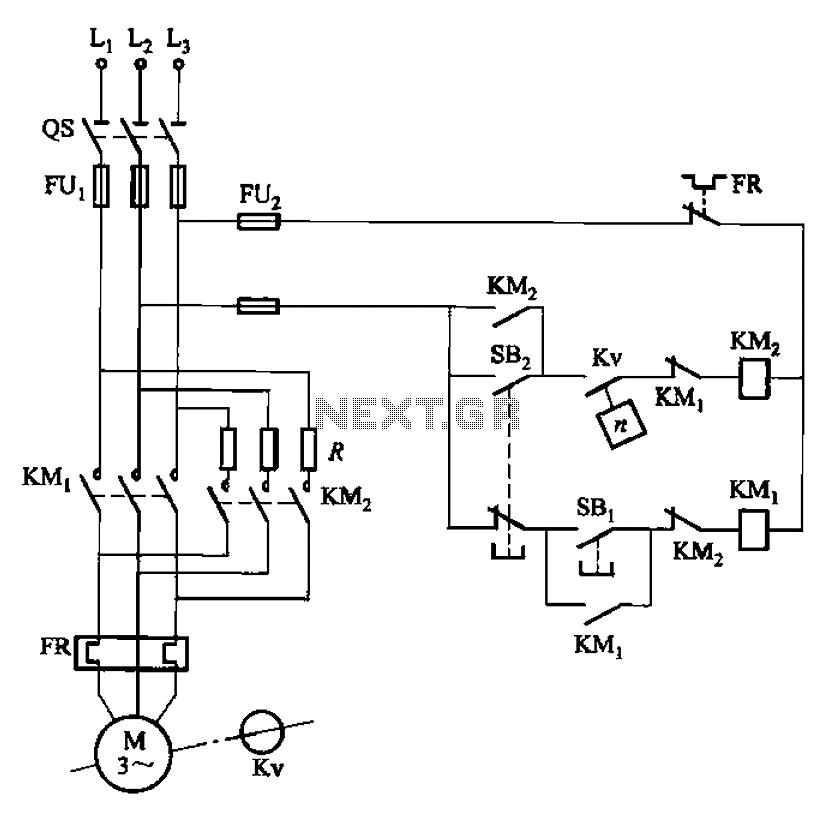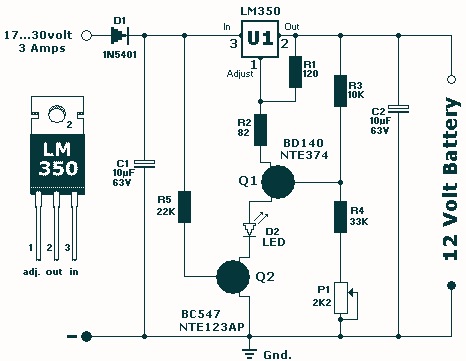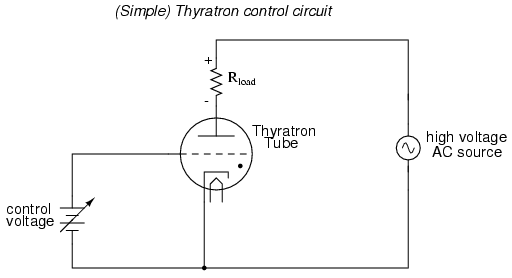
Reverse Engineering an Electric Fence Charger
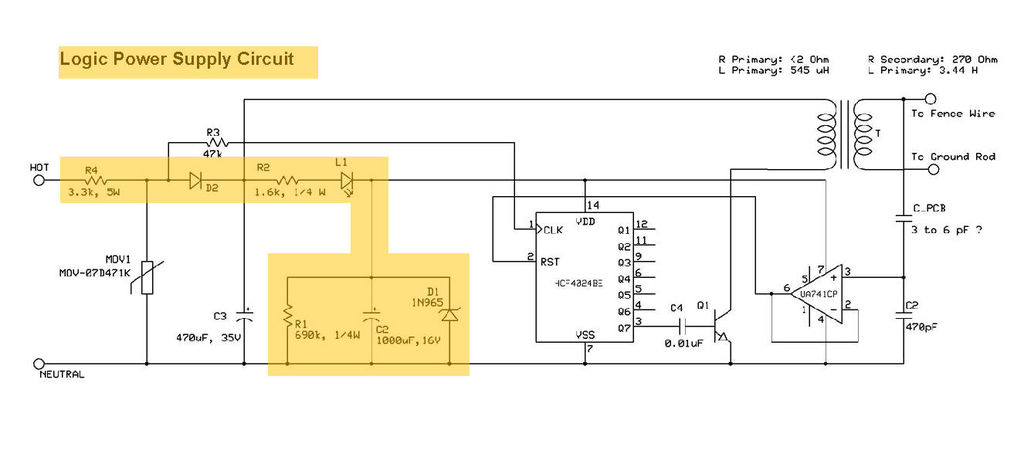
This product includes logic circuitry utilized to control the timing of the output pulses, which will be discussed in a later step.
The product features a logic circuit that is integral to managing the timing of output pulses. This circuit typically consists of various logic gates, such as AND, OR, and NOT gates, which work together to create specific timing sequences. The timing control is essential for applications that require precise synchronization between multiple signals or events.
The circuit may employ a combination of flip-flops and counters to generate the desired pulse widths and intervals. For instance, a monostable multivibrator can be used to produce a single output pulse of a defined duration in response to an input trigger. Additionally, a timer IC, such as the 555 timer, could be implemented to achieve more complex timing functions, allowing for adjustable pulse lengths and delays.
The output pulses generated by this logic circuitry can be used to drive various loads or trigger other circuits, making it versatile for a range of applications, including digital communication, signal processing, and control systems. The design considerations for this circuit include ensuring that the timing is accurate and stable, which may involve the use of capacitors and resistors to filter noise and prevent unintended signal fluctuations.
Overall, the logic circuitry serves as a crucial component in managing the timing of output pulses, facilitating effective operation in the intended electronic applications.This product includes some logic circuitry used to control the timing of the output pulses, which will be discussed in a later step. The logic circui.. 🔗 External reference
The product features a logic circuit that is integral to managing the timing of output pulses. This circuit typically consists of various logic gates, such as AND, OR, and NOT gates, which work together to create specific timing sequences. The timing control is essential for applications that require precise synchronization between multiple signals or events.
The circuit may employ a combination of flip-flops and counters to generate the desired pulse widths and intervals. For instance, a monostable multivibrator can be used to produce a single output pulse of a defined duration in response to an input trigger. Additionally, a timer IC, such as the 555 timer, could be implemented to achieve more complex timing functions, allowing for adjustable pulse lengths and delays.
The output pulses generated by this logic circuitry can be used to drive various loads or trigger other circuits, making it versatile for a range of applications, including digital communication, signal processing, and control systems. The design considerations for this circuit include ensuring that the timing is accurate and stable, which may involve the use of capacitors and resistors to filter noise and prevent unintended signal fluctuations.
Overall, the logic circuitry serves as a crucial component in managing the timing of output pulses, facilitating effective operation in the intended electronic applications.This product includes some logic circuitry used to control the timing of the output pulses, which will be discussed in a later step. The logic circui.. 🔗 External reference
